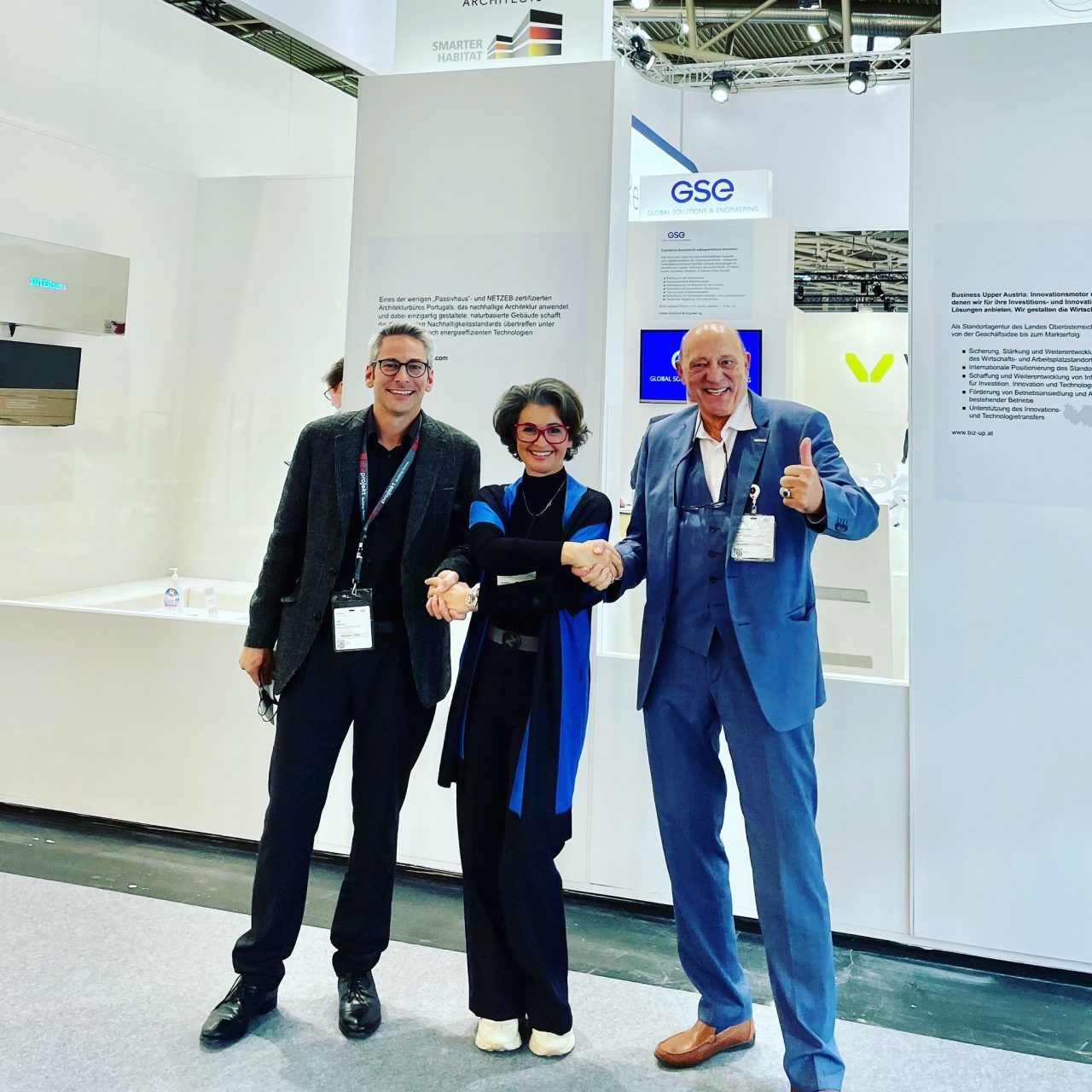2022 has been the year of us taking sustainable practices to an entirely new level, and nope, your eyes aren’t deceiving you. CO2-neutral popcorn may just be the way forwards! In fact, Anabela is the lead designer for prototypes used for these building materials, working in collaboration with company smarter habitat in Munich, who we met last year at the Expo Real.
But we’re getting ahead of ourselves. Let’s go back to basics:
Firstly, who decided Popcorn could be a good building material?
In short: scientists. And that’s always a good start, isn’t it? More specifically, the working group “Chemie und Verfahrenstechnik von Verbundwerkstoffen” (Chemistry and Process Engineering of Composite Materials) at the Faculty of Forest Sciences and Forest Ecology at the University of Göttingen, Germany, who have spent years conducting research into renewable raw materials. Then they had a Eureka moment. They produced a sustainable, high-performance material with laminates made of hemp and flax.
The benefits? You may be wondering… well, this magical mix of substances is:
- Bio-based
- Environmentally friendly
- Sustainable
- CO2 neutral
And with a list like that, we’re more likely to be wondering why no one’s thought of replacing the far less environmentally friendly PU foam and petroleum- or gypsum-based products we’ve been using before now. After all, with construction prices on the rise and damaging air pollution caused by the construction industry, not to mention the downsides of plasterboard, including:
- Messy installations
- Moisture
- Inability to recycle
- Costly disposal
We know better than most how desperate we’ve been for a better, more environmentally friendly solution.
But beyond being environmentally friendly, is popcorn actually a good building material?

Again, we have a short answer for you: yep! The hemp, flax, and popcorn panels have been found to be great insulators, have water-repellent properties, and provide good fire protection. Oh, and they’re also cost-effective, reusable, recyclable, and compostable. So, winners all around?
So, it’s great. What’s the next step?
Once the scientists in their labs had determined just how great these new biomaterials could be, they reached out to German company Smarter Habitat, who couldn’t wait to get involved. The result? An exclusive worldwide licensing agreement was drawn up with the company for the commercial use of the product, which they plan to use for drywall and other applications, including load-bearing exterior walls.
They’re calling it “Ecohab“.
Let’s hear from Datty Ruth, founder and CEO of Smarter Habitat, on the bright future she sees for the product:
“We will use all our creativity to drive a much-needed paradigm shift in the construction industry with this circular material. This building material is a milestone for the construction industry and embodies the zeitgeist in terms of environmental goals like no other new product.”
Where does CORE come in?

Here at CORE, we’re bursting with excitement and busy behind the scenes, designing the prototypes Smarter Habitat will use to display the uses of Ecohab, and we couldn’t be prouder to be involved in such a revolutionary project. After all, we’ve got the know-how to make these panels really work in practice, allowing investors, clients, and other companies to see the real application benefits of the product in their constructions, turning the tide from harmful materials and helping spur a new wave of sustainability, across Europe.
Investors assemble!
We’ve got the research, the expertise, the market, and the utility for our product. Now we’re making it happen, and we need investors to scale up production.
Ready to play an active role in the revolution? To see returns for your balance and the planet? To take this product from niche to mainstream and change the industry along the way?
Then we can’t wait to hear from you to get the ball rolling.
Got your phone at the ready?
+351 289 147 361


